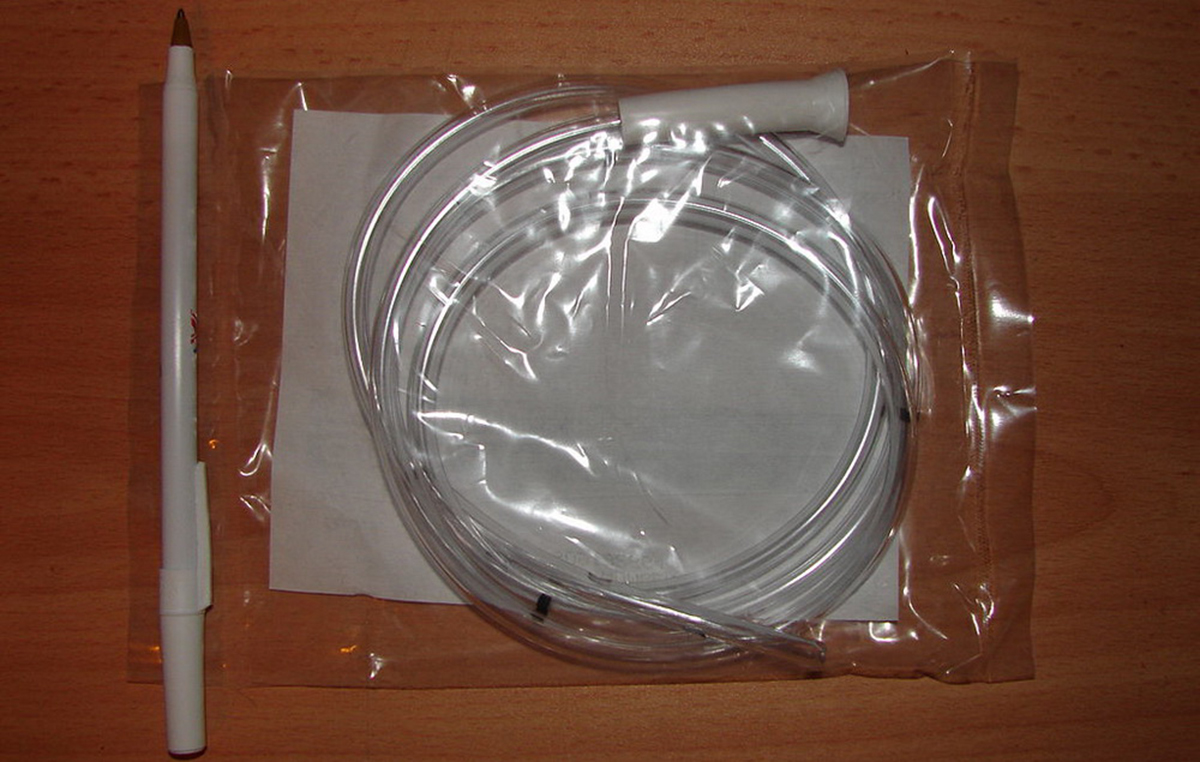Table of Contents
Most intestinal obstructions, especially partial, usually get better without any major treatment. The following procedures may be performed by the doctor to treat intestinal obstruction:

Nasogastric (NG) tube: This will help the patient feel a bit comfortable. Medicine and fluids are administered intravenously (IV). A tiny tube known as a nasogastric (NG) tube is passed via the nose down into the stomach. This tube removes the accumulated gases and fluids from the abdominal area, and helps relieve pressure and discomfort. No eatables will be allowed.
Enemas: This procedure involves flushing liquids or gas through the anal sphincter to open up the blockage in the bowel.
Small Mesh Tubes: A stent is a small, expandable tube that is used to open up a blocked artery or vein, or in this case, an intestinal blockage. A balloon inside the stent is inflated which helps open up the blockage and ease the flow of fluids and gases.
In such cases, blood supply to the affected area is cut off and surgical treatment becomes necessary. The following procedures may be performed:
Colostomy: This surgery involves removal of a part of the large intestine (colon) or rectum. It may be temporary until the remaining part of the bowel heals, or permanent, if the entire lower colon or rectum is removed.
The surgeon makes an incision (opening) through the skin above the abdomen. The diseased part of the intestine is either removed or left and allowed to heal. The end of the upper part of the intestine (where stool is made) is then sewed to this opening in the skin.
Stool continues to be made in the upper part of the intestine and is expelled from the body via the opening. A disposable bag may be placed over the opening to collect the stool, or a pouch may be created inside the patient’s body, and the stool may be removed via enema.
Ileostomy: This procedure is performed when the lower part of the colon is damaged or diseased, as in the case of Crohn’s disease or ulcerative colitis.
An opening (stoma) is made in the skin above the abdomen. A portion of the small intestine (ileum) is then brought to this opening and is sewed.
A disposable bag may be placed over the opening to collect the stool, or a pouch may be created inside the patient’s body, and the stool may be removed via enema.
Complications from Bowel Obstruction
If left untreated, an intestinal obstruction may get complicated, resulting in the following problems:
- Infection
- Death of affected intestinal tissue - necrosis
- Perforation (physical hole) in the intestinal wall
- Jaundice
- Electrolyte imbalance in blood
- Infections of the lungs and blood in newborns
Prognosis - Outcomes of the treatment
The outcome usually depends on the cause of the obstruction. If the cause is diagnosed and easily treated on time, a full and rapid recovery may be expected.
See Also: Irritable bowel syndrome
Prevention of Bowel Obstruction
The causes determine the preventive steps to be taken. Appropriate treatment for tumors and hernias can significantly lower the risk for intestinal obstruction. However, certain cases are unavoidable and untreatable.
- Photo courtesy of BruceBlaus by Wikimedia Commons : en.wikipedia.org/wiki/Small_intestine#mediaviewer/File:Blausen_0817_SmallIntestine_Anatomy.png
- Photo courtesy of AlexNB by Wikimedia Commons : commons.wikimedia.org/wiki/File:Kendall_stomach_tube_Fr18.jpg
- www.mayoclinic.org/diseases-conditions/intestinal-obstruction/basics/causes/con-20027567
- http://www.nlm.nih.gov/medlineplus/ency/article/000260.htm
- http://www.webmd.com/digestive-disorders/tc/bowel-obstruction-topic-overview

